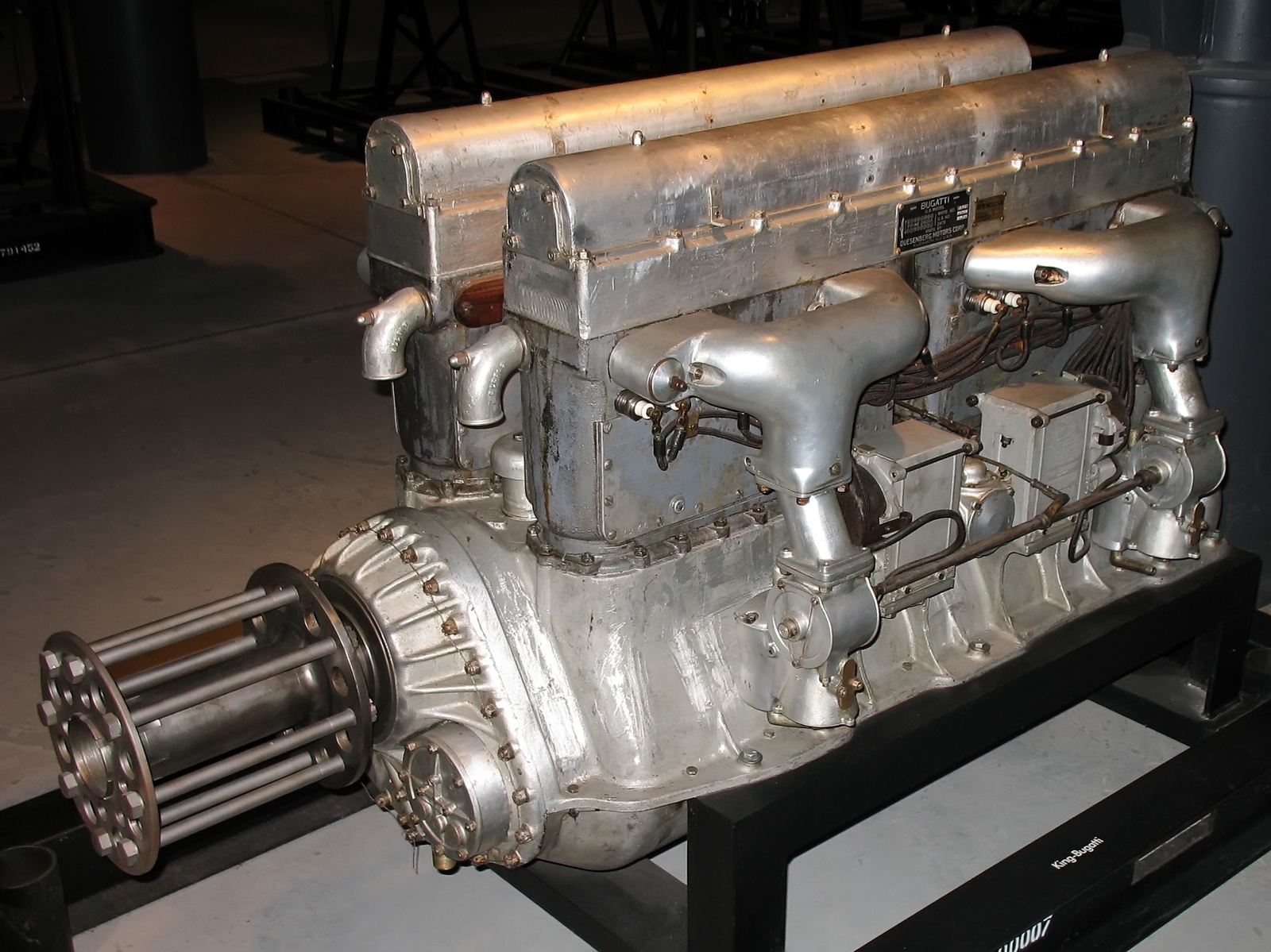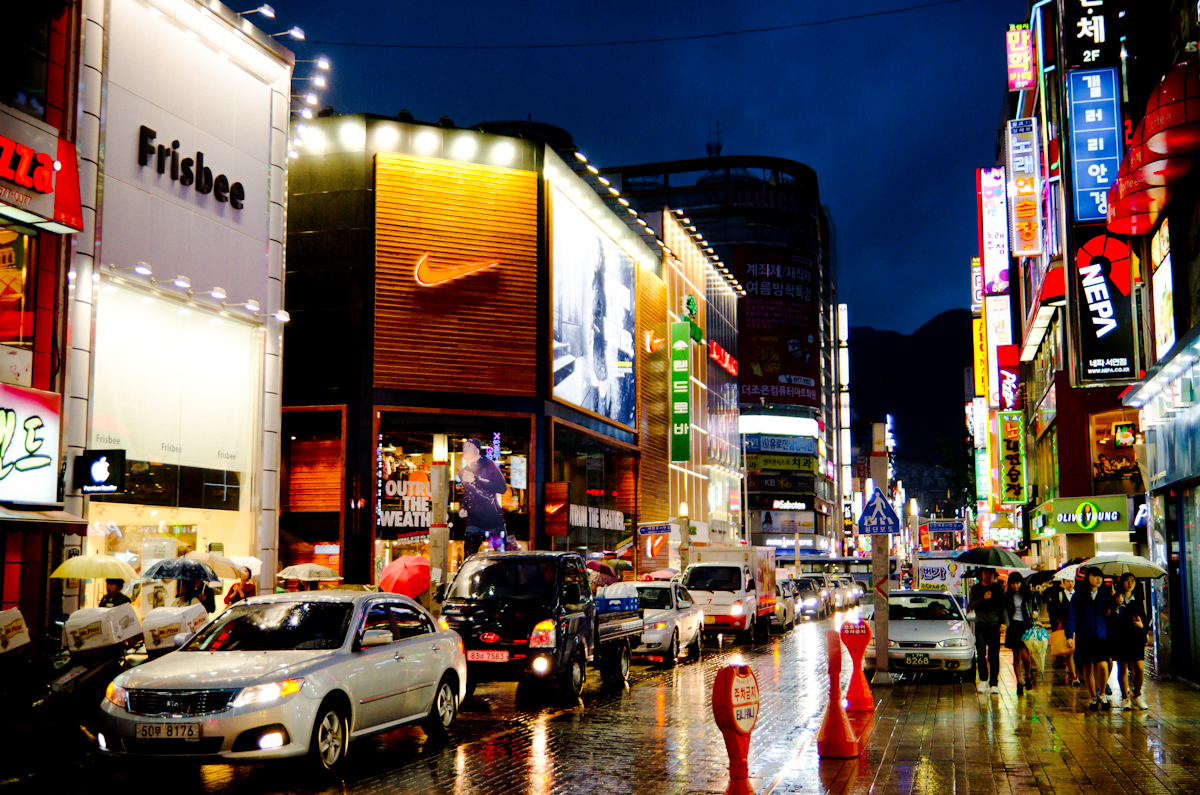|
Saehan BU Series Bus
GM Korea introduced the BU series bus in 1976 using the MAN diesel powered U engine platform. Several platforms were built in this series. In 1977, Saehan Motors took over the GM Korea bus operation. The BU series continues to be made. BU100 GM Korea made the BU100 platform with 10 meter length version starting July 1976. It was equipped with rear mounted MAN D0846HM-U diesel engine. The marquee was renamed to Saehan (SMC) after it took over the bus division, but the series' name remained until January 1980. BU110 GM Korea reintroduced the express bus class of BU110 series a few years after they took over Shinjin Motors Shinjin Motors or Sinjin Motors ( ko, 신진자동차, ) is a defunct South Korean car manufacturer. A related bus manufacturer called "Shinjin Bus Manufacturing Company" was founded in 1955 as an independent company. It is now a part of Daewo ... with the 11 meter bus length class. Some of these buses were exported to Egypt. The same engine platf ... [...More Info...] [...Related Items...] OR: [Wikipedia] [Google] [Baidu] |
U Engine
A U engine is a piston engine made up of two separate straight engines (complete with separate crankshafts) placed side-by-side and coupled to a shared output shaft. When viewed from the front, the engine block resembles the letter "U". Although much less common than the similar V engine design, several U engines were produced from 1915-1987 for use in airplanes, racing cars, racing and road motorcycles, locomotives, and tanks. Design The main benefit of a U engine layout is the ability to share common parts with straight engine upon which is it based. Additionally, if the two crankshafts rotate in opposite directions, the gyroscopic effect of the rotating components in each cylinder bank cancel each other out. However, a V engine is typically more compact and lighter than a U engine (in part due to the lack of a second crankshaft), therefore V engines are far more common than U engines. The H engine layout uses a similar concept to U engines, whereby two flat engines are s ... [...More Info...] [...Related Items...] OR: [Wikipedia] [Google] [Baidu] |
GM Korea
GM Korea Company ( ko, 한국지엠주식회사) is the South Korean subsidiary of multinational corporation General Motors. GMK is also the third largest automobile manufacturer in South Korea. GM Korea's roots go back to the former Daewoo Motors vehicle brand which was split from its parent company, Daewoo Group, in 2002. It has three manufacturing facilities in South Korea. In addition, GM Korea provides region and brand-specific vehicle assembly kits for assembly by GM affiliates in the United States, Brazil, China, Colombia, Uzbekistan and Mexico, and formerly in Australia and India after GM's February 2020 announcement to withdraw from all right-hand-drive markets worldwide. In 2008, GM Korea built more than 1.9 million vehicles, including CKD products. It currently produces vehicles and kits for Chevrolet and Buick that are offered in more than 150 markets on continents that don't have right-hand-drive markets. It produced vehicles and kits for Holden in Australia until t ... [...More Info...] [...Related Items...] OR: [Wikipedia] [Google] [Baidu] |
Saehan Motors
The Saehan Motor Company was a South Korean car, automobile manufacturer founded in 1976, which was born on the collaboration of Shinjin Industrial Company and General Motors to introduce their products on the South Korean market. Saehan was born on the former "General Motors Korea", which encountered difficulties when the South Korean market collapsed, following the first round of oil rises in 1973. This joint-venture, 50-50 between GM and Shinjin, consisted on a car assembly plant in Bupyong, a truck assembly plant in Pusan and a foundry at Incheon. In November 1976, Shinjin Motors faced financial problems and sold its 50% stake in Saehan to the Korea Development Bank (KDB). In 1978, the Daewoo Group acquired the equity stake and management rights from KDB. The company was renamed Daewoo Motors, Daewoo Motor Co. in January 1983. History The company origins can be traced back to Daewoo Motors, National Motors, a company established in 1937 in Bupyeong-gu, Incheon, South Korea. ... [...More Info...] [...Related Items...] OR: [Wikipedia] [Google] [Baidu] |
Busanjin
Busanjin District is a '' gu'' in central Busan, South Korea. It has an area of 29.7 km², and a population of about 410,000. The name is sometimes abbreviated locally as "Jin-gu". Busanjin-gu is home to a major shopping, entertainment, and business area called Seomyeon. Administrative divisions Busanjin-gu is divided into 11 legal ''dong'', which altogether comprise 20 administrative ''dong'', as follows: * Bujeon-dong (釜田洞) (2 administrative ''dong'') * Beomjeon-dong (凡田洞) (part of the administrative Bujeon 1(il)-dong) * Yeonji-dong (蓮池洞) * Choeup-dong (草邑洞) * Yangjeong-dong (楊亭洞) (2 administrative ''dong'') * Jeonpo-dong (田浦洞) (2 administrative ''dong'') * Buam-dong (釜岩洞) (2 administrative ''dong'') * Danggam-dong (堂甘洞) (3 administrative ''dong'') * Gaya-dong (伽倻洞) (2 administrative ''dong'') * Gaegeum-dong (開琴洞) (3 administrative ''dong'') * Beomcheon-dong (凡川洞) (2 administrative ''dong'') Politics ... [...More Info...] [...Related Items...] OR: [Wikipedia] [Google] [Baidu] |
Busan, South Korea
Busan (), officially known as is South Korea's most populous city after Seoul, with a population of over 3.4 million inhabitants. Formerly romanized as Pusan, it is the economic, cultural and educational center of southeastern South Korea, with its port being Korea's busiest and the sixth-busiest in the world. The surrounding "Southeastern Maritime Industrial Region" (including Ulsan, South Gyeongsang, Daegu, and some of North Gyeongsang and South Jeolla) is South Korea's largest industrial area. The large volumes of port traffic and urban population in excess of 1 million make Busan a Large-Port metropolis using the Southampton System of Port-City classification . Busan is divided into 15 major administrative districts and a single county, together housing a population of approximately 3.6 million. The full metropolitan area, the Southeastern Maritime Industrial Region, has a population of approximately 8 million. The most densely built-up areas of the city are situated in a ... [...More Info...] [...Related Items...] OR: [Wikipedia] [Google] [Baidu] |
Rear-engine, Rear-wheel-drive Layout
In automotive design, an RR, or rear-engine, rear-wheel-drive layout places both the engine and drive wheels at the rear of the vehicle. In contrast to the RMR layout, the center of mass of the engine is between the rear axle and the rear bumper. Although very common in transit buses and coaches due to the elimination of the drive shaft with low-floor buses, this layout has become increasingly rare in passenger cars. Overview Most of the traits of the RR configuration are shared with the mid-engine rear-wheel-drive, or MR. Placing the engine near the driven rear wheels allows for a physically smaller, lighter, less complex, and more efficient drivetrain, since there is no need for a driveshaft, and the differential can be integrated with the transmission, commonly referred to as a transaxle. The front-engine front-wheel-drive layout also has this advantage. Since the engine is typically the heaviest component of the car, putting it near the rear axle usually results in more ... [...More Info...] [...Related Items...] OR: [Wikipedia] [Google] [Baidu] |
Hino Blue Ribbon
The Hino Blue Ribbon (kana:日野・ブルーリボン) is a heavy-duty single-decker bus produced by Hino Motors through the J-Bus joint-venture. The range is primarily available as city bus and tourist coach. It is built by J-Bus as either a complete bus or a bus chassis. viewed 2014-08-19 RE/RC (1960-1984) *RB10-P (1960) *RB10 (1961) *RC10-P (1961) *RC100-P (1962) *RE100 (1967) *RC300/320 (1967) *RE101/121/141/161 (1977) *RC301/321/381 (1977) *RC701P/721P (1979) *K-RE101/121/141/161 (1980) *K-RC301/321/381 (1980)Blue Ribbon (1982-2000) One-step and two-step The Blue Ribbon was introduced in 1982, The RT/RU22 engine is E ...[...More Info...] [...Related Items...] OR: [Wikipedia] [Google] [Baidu] |
Shinjin Motors
Shinjin Motors or Sinjin Motors ( ko, 신진자동차, ) is a defunct South Korean car manufacturer. A related bus manufacturer called "Shinjin Bus Manufacturing Company" was founded in 1955 as an independent company. It is now a part of Daewoo Bus Corporation. History The Shinjin Industrial Company started as a parts producer in 1954, branching into the automotive field in 1958 as a rebuilder for the U.S. Army, with actual assembly commencing in 1962.Odaka (1983), p. 290. The Government of South Korea enacted the "Automotive Industry Promotion Law" in 1962.Keller, Samuels (2003), p. 116–117. Under this legislation, the importation of assembled automobiles was outlawed, subsidies were made available to assemblers who were also afforded tariff exemption on the importation of parts.Catalan (2007), p. 3. Responsibility for deciding which firms would be authorized to undertake automobile manufacturing was held by the Minister of Trade and Industry, who at the time opted to app ... [...More Info...] [...Related Items...] OR: [Wikipedia] [Google] [Baidu] |
Daewoo Bus
Zyle Daewoo Bus, formerly "Zyle Daewoo Commercial Vehicle" is a South Korean manufacturer of buses and is majority owned by Young-An Hat Company, based in Busan. It was established in 2002 as a successor to previous merger, Daewoo Motor Company. These buses are primarily used for public transportation. Daewoo Bus has been in a partnership in 2006 with GM Daewoo (now GM Korea). Operations Current Production Daewoo Bus' principal subsidiaries and partners are: *Zyle Daewoo Bus Corporation (Ulsan, South Korea *Shanghai Wanxiang Daewoo Bus (Shanghai, China) *Guilin Daewoo (Guilin, China) *Daewoo Bus Costa Rica S.A. ( San José, Costa Rica) *Daewoo Bus Vietnam ( Vĩnh Phúc, Vietnam) *Daewoo Bus Kazakhstan (Semey, Kazakhstan) *Daewoo Pak Motors (Pvt.) Ltd. (Karachi, Pakistan) *Columbian Manufacturing Corporation (Santa Rosa, Laguna, Philippines) *Master Transportation Bus Manufacturing Ltd. (Taiwan) *Daewoo Bus Myanmar (Yangon, Myanmar) Former Production Daewoo Bus Busan Plant. ... [...More Info...] [...Related Items...] OR: [Wikipedia] [Google] [Baidu] |
Buses By Manufacturer
A bus (contracted from omnibus, with variants multibus, motorbus, autobus, etc.) is a road vehicle that carries significantly more passengers than an average car or van. It is most commonly used in public transport, but is also in use for charter purposes, or through private ownership. Although the average bus carries between 30 and 100 passengers, some buses have a capacity of up to 300 passengers. The most common type is the single-deck rigid bus, with double-decker and articulated buses carrying larger loads, and midibuses and minibuses carrying smaller loads. Coaches are used for longer-distance services. Many types of buses, such as city transit buses and inter-city coaches, charge a fare. Other types, such as elementary or secondary school buses or shuttle buses within a post-secondary education campus, are free. In many jurisdictions, bus drivers require a special large vehicle licence above and beyond a regular driving licence. Buses may be used for scheduled bus t ... [...More Info...] [...Related Items...] OR: [Wikipedia] [Google] [Baidu] |







